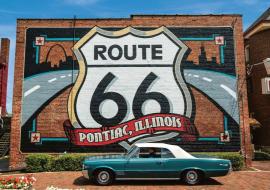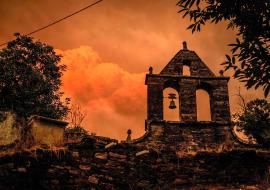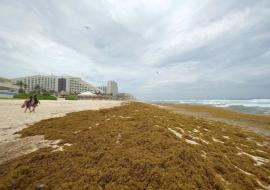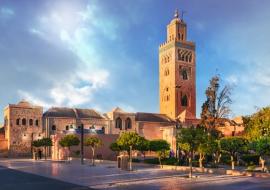A UK Defeat in Cuba
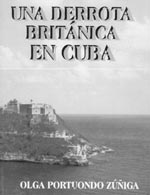
The eastern region of the island was the focus of the conquerors in the first years of the colonization process. As a capital city, Santiago de Cuba enjoyed a vertiginous growth, followed by a prolonged decadence. During the 17th century it was defined as an urban center, but the defensive aspect was one of the main problems.
Click on Santiago de Cuba: A City of 500 Years
In 1635 Cornelis Jol, Peg Leg, working for the Western Indies Company, assaulted the port of Santiago, since the Dutch were interested in the copper mines and the navy base condition of this port. This action made the Crown decide to build a defensive system for this bay. Juan Bautista Antonelli arrived in Santiago de Cuba in 1638 and, in 1640, he headed construction of El Morro, La Estrella, Santa Catalina and a fortress known as Aguadores.
On September 21, 1662, Lord Windsor sent nearly 1,300 buccaneers on twelve ships to the bay of Santiago de Cuba. They were willing to assault the city. The governor of Santiago de Cuba at the time, Captain Pedro Morales, didn’t make the proper arrangements to defend the city and withdrew the troops from El Morro. Myngs entered the city, plundered it, and burned the cathedral, the hospital and many other residencies. The invaders attacked the fortress and brought the fleet into the bay. Before leaving the city, on October 15, they blew up San Pedro de la Roca castle, as they didn’t get abundant loot because the citizens had already taken their fortune away.
On the other hand, the British expeditionary forces, after the overwhelming defeat in Cartagena de Indias, were trying to continue their operations in the Caribbean. Vice admiral Edward Vernon decided to attack Santiago de Cuba City. According to the British war plans, Santiago de Cuba City was one of the key overseas positions of the Spanish empire.
Conquering Santiago de Cuba was an important step in order to take the whole island. With this action the British expeditionary forces would satisfy their land occupation desires. It was a fertile territory to establish colonial settlements.
The British attack began in Guantanamo, so the inhabitants escaped to Santiago de Cuba or the mountains, and the city was devastated by the aggression. Many people abandoned Santiago de Cuba and disturbances prevailed, just as planned by Vice admiral Edward Vernon. Governor Francisco Antonio Cajigal de la Vega included every single element in his defensive plan to repel landings or the presence of the British fleet in the bay.
In Santiago de Cuba, the governor gathered the members of the Town Council and gave the orders. The alarm was sounded on July 29. Cajigal redoubled the defensive positions and controlled the disturbances triggered by the presence of enemies in Tiguabos, but he didn’t modify his strategy. On August 3, 29 ships set sail to Santiago de Cuba. Cajigal sent reinforcements to the combatants, who immediately attacked and damaged the aggressors.
On August 23 - 24, the British forces pulled back to Guantanamo bay. The British defeat in the Caribbean marked the end of the absolute trade control aspirations in America. The victory over the British invaders made Santiago de Cuba receive significant economic benefits. The corsairs the controlled the sea of the Antilles developed an intense trade activity with northern regions of America. This period of progress brought about demographic growth, investment in sugar factories and the improvement of public buildings.
The defense of Santiago de Cuba was the practical example of the formula that combines two forces. This method was used in America since 1742, before Napoleon Bonaparte applied it, as a revolutionary force, to overthrow European monarchies and break conventional patterns on the movement of battling armies until the 18th century.
The sons of Cuba defended it, not because they’d rather stay under the Spanish crown, but they were standing against any kind of oppression.
Source: Olga Portuondo Zuñiga








